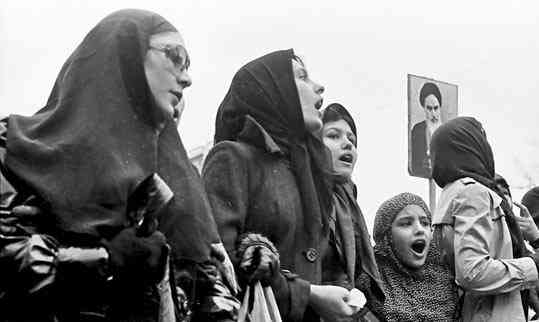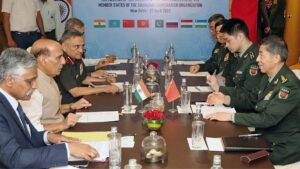Understanding context: Why liberals support hijab in India but oppose it in Iran

Understanding context: Why liberals support hijab in India but oppose it in Iran
For just under two weeks, demurrers against the hijab have revealed over onto the thoroughfares of Tehran, with women burning their hijabs and mincing off their hair. The demurrers, which have reportedly claimed at least 76 lives across Iran, have been directed against Iran’s ignominious morality police and the country’s theocratic governance.
The flashpoint was the death of a 22- time-old Kurdish woman named Mahsa Amini on September 16 after she was allegedly assaulted in guardianship for wearing her hijab “ erroneously ”.
The word “ unhappy ” is formerly abominated for its unruly assessments on women’s lives. That piecemeal, it’s essential to honor that the hijab – despite being a bone of contention in several corridor of the world – has different counteraccusations in different settings.
For case, it doesn’t have the same meaning in Muslim- maturity Islamic Republic of Iran as it does in Muslim- nonage India. Specific literal and socio- political surrounds are important when trying to understand the demonstrations by women in Iran who are demanding the junking of the law making the garment mandatory and the agitations in Karnataka where council scholars protested to be allowed into class wearing the robe.
Of course, the hijab may simply be considered an composition of apparel and a sartorial choice. Yet, due to its association with Islam, it has long been in the eye of a political storm. While the Arabic word “ hijab ” indicates isolation, the garment is substantially associated with an idea of modesty. It also communicates a statement on identity.
Though the hijab offers fleshly content and concealment, it also enacts a political spectacle relating to the visible of Muslim women. In Iran, the birth of the political storm over the hijab can be traced back to 1936 when an edict was issued banning all obscuring practices. The Western- told Kashf- e hijab decree – which means “ unveiling ” – issued by Reza Shah Pahlavi’s governance forced women to abandon the hijab or differently keep down from public view.
numerous women gave up the traditional Iranian chador, or cloak but rather began to wear the mantle( a long jacket) with a rusari( headscarf), which handed a functional sense of modesty.
In no time, however, the robe came a symbol of resistance against the rough Shah governance. Indeed women who else would not have worn the garment came out on the thoroughfares with their heads covered in solidarity with those who had chosen to be veiled.
After the Pahlavi governance was deposed by the Islamic Revolution in 1979, the ministers who took over soon assessed mandatory veiling for Iran’s women, citing “ moral sanctification ”. As a retort to the Shah’s governance, constructing a law relating to women’s modesty came necessary. Modesty was readdressed in the name of Fatima, the Prophet’s son.
The measures of suppression remained unchanged for both administrations, with the moral police of the Islamic rules taking the place of the Shah’s secret police. No matter how Westernised or Islamic the governance under which they live, Iranian women have been stuck between a gemstone and a hard place.
In India, the debate around the hijab has been raging since January after educational institutions in Karnataka began barring scholars from wearing the headscarf. On September 22, the Indian Supreme Court reserved its verdict on a solicitation challenging a Karnataka High Court order that upheld the state government’s ban on hijabs in educational institutions.
The idea of the hijab in India has been intermingled with the image of the Muslim “ other ” – a dreaded figure located in the country’s collaborative history and nonage politics.





